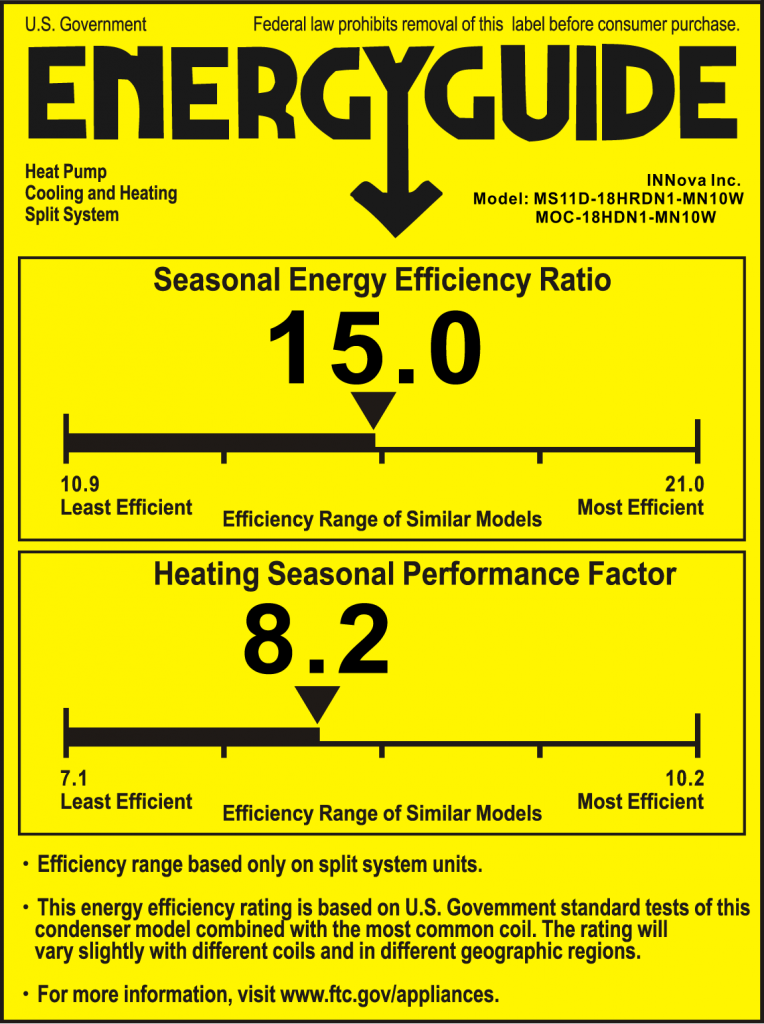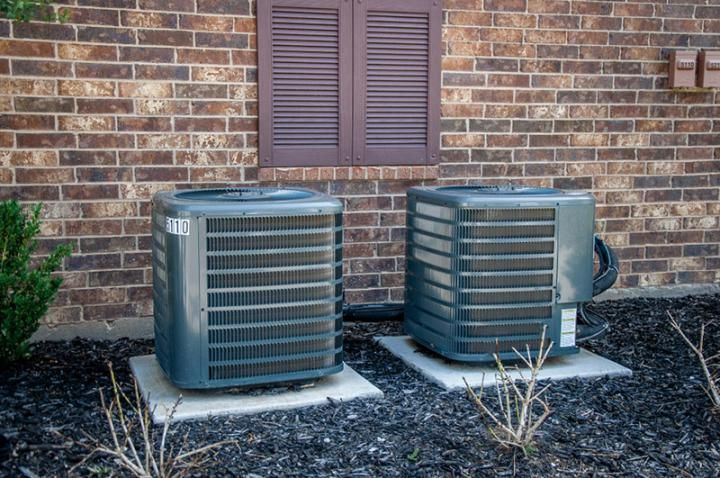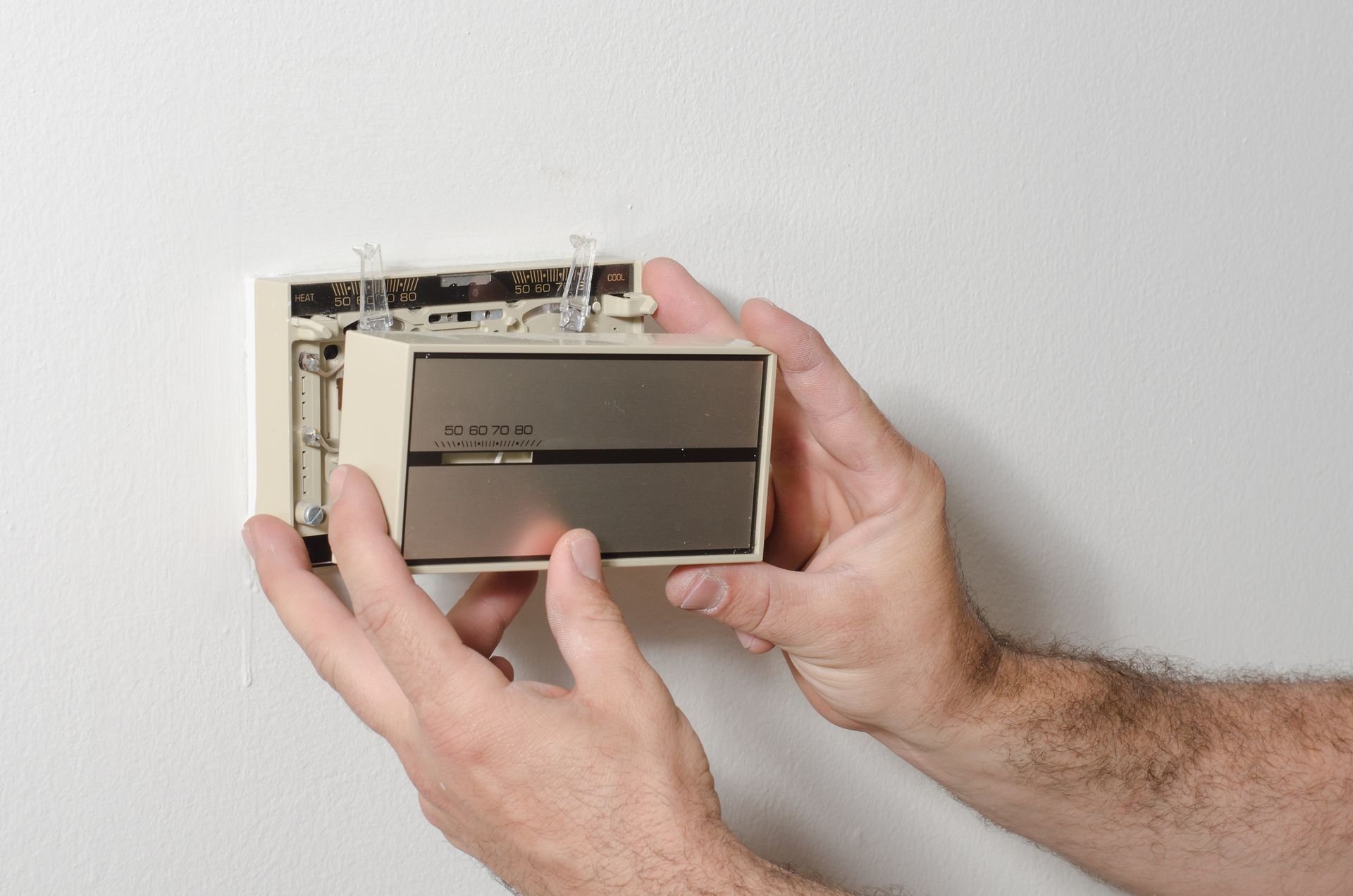HVAC Metrics Glossary
If you’re in the market for HVAC services such as installation, maintenance, repairs, replacements for your home or business, you’re likely doing a lot of online research so you know you’re picking the right company. A lot of companies will tell you facts about their products and services that you might not know how to interpret. They might tell you the great CADR that their air filters have, or how many BTUHs a heater can provide. But what does all this jargon mean? Below, we’ve created a little glossary to help you understand some of the acronyms, metrics, and units you might come across in your HVAC online research. We hope it helps!

HVAC Metrics Glossary:
AFUE
The Annual Fuel Utilization Efficiency is a measure of a gas furnace’s efficiency when it comes to converting fuel into energy. When the AFUE rating is higher, the energy efficiency is greater. According to the EPA, a mid-efficiency unite has an AFUE rating of between 80% and 83%. High-efficiency units have a rating between 90% and 97%.
BTU & BTUH
British Thermal Units represent the amount of heat it takes to change the temperature of a pound of water one degree Fahrenheit. A BTUH is a British Thermal Unit per Hour. The heat extracted from your home by an A/C unit is measured in BTU s while heaters are generally measured in BTUHs. Your typical air conditioner uses about 60,000 BTUs for reference.
CADR
The Clean Air Delivery Rate is a metric used to describe the number of cubic feet of clean air being delivered per minute by an air filtration system. Generally speaking, this is the unit used to measure air filter efficiency. A room’s CADR should be equal to or greater than 2/3 of the room’s area in square feet.
EER
EER stands for the Energy Efficiency Ratio , and is a way of evaluating an A/C unit’s efficiency. It is equal to a unit’s BTU over its wattage. The higher the rating, the more efficient the air conditioner.
HSPF
HSPF, or the Heating Seasonal Performance Factor measures the efficiency of a heating pump. It’s the ratio of heat output to electricity used over a heating season. The higher the HSPF, the greater the energy efficiency. You should look for heat pumps with HSPF ratings of between 8 and 10.
SEER
SEER stands for the Seasonal Energy Efficiency Ratio , and is a more accurate depiction of an A/C unit’s efficiency. The difference between SEER and EER is that SEER takes into account the differences in efficiency posed by seasonality, and is often thought to be more accurate. To have the ENERGY STAR label, units must have SEER ratings of 12 or greater.
Don’t Delay Your Comfort, Contact Vasi Today!










At 24/7 Local HVAC, we specialize in facilitating connections with top-tier HVAC professionals. Our focus is on bridging the gap between you and reputable HVAC companies operating within your local vicinity. It's important to emphasize that each of these HVAC entities functions independently and autonomously.
We firmly place the onus on every individual user to meticulously verify that any selected HVAC company aligns with the mandated licensing and insurance prerequisites stipulated by the governing authorities in their respective jurisdiction.
Furthermore, it's worth noting that our services may regrettably not cover all geographical areas. In instances where our services are available, the scope of offerings could potentially differ based on the composition of service providers present within that particular region.

